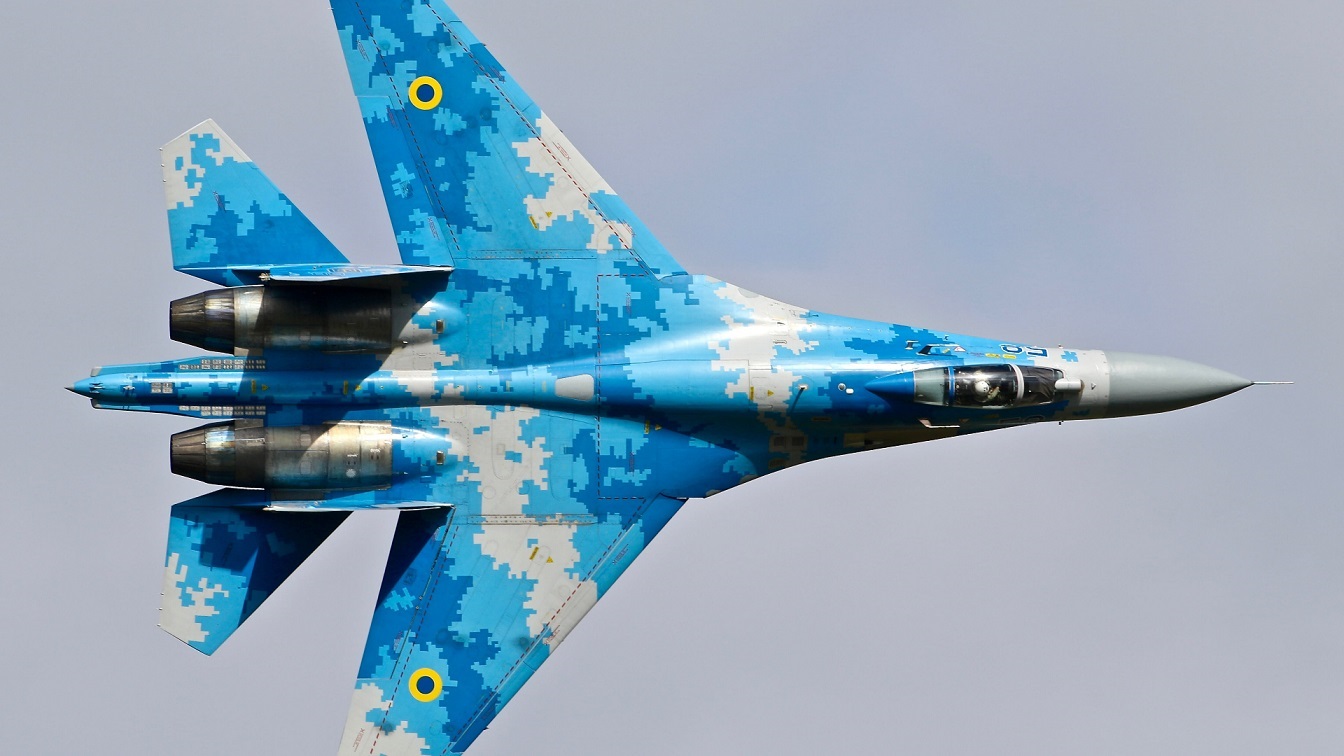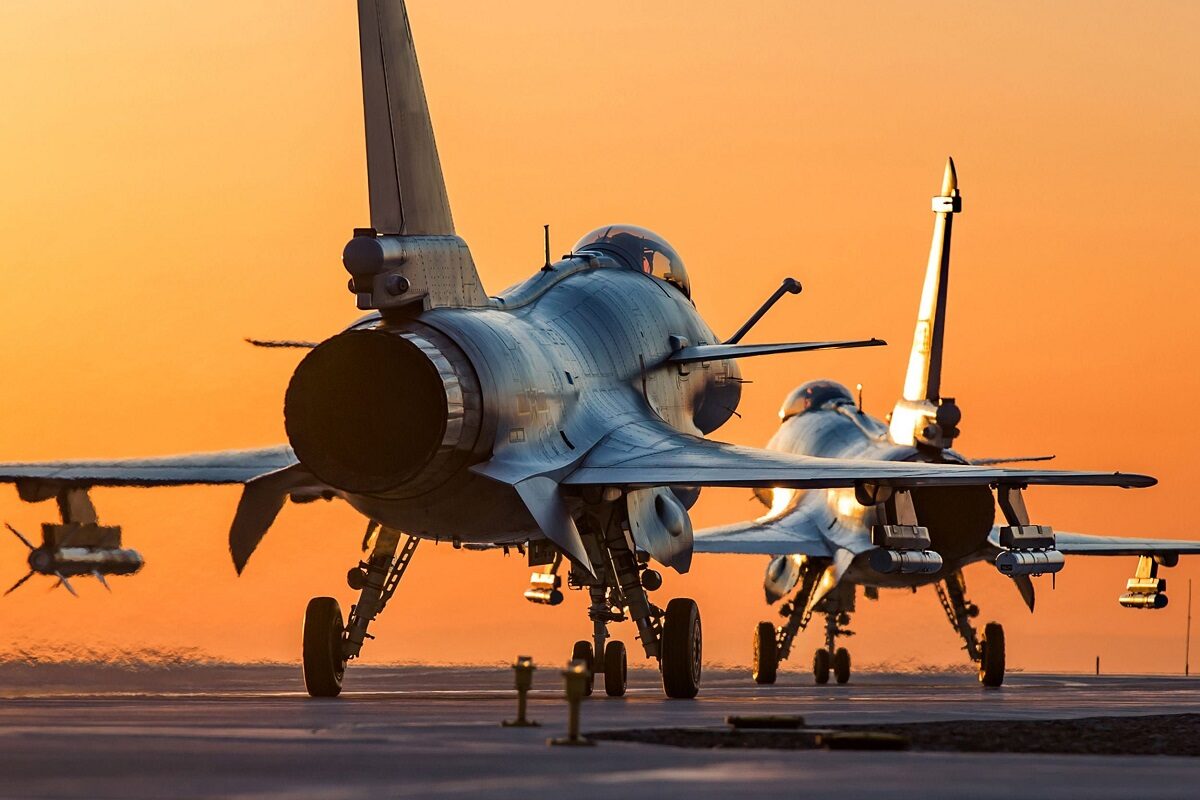Robert Farley

After years of living on the edge, Russia’s position as a major global arms exporter looks likely to careen into a catastrophic collapse. China appears poised to take advantage, potentially replacing Russia as the major weapons supplier to countries that are barred from purchasing Western arms or that can’t afford them.
The Context
For most of the history of the People’s Republic of China the arms trade with Russia has run one direction; technology and equipment goes to China in return for resources, cash, and political influence.
The USSR helped stand up China’s defense industrial base (DIB) after the end of World War II, entering into licensing and technology transfer agreements that allowed the PRC to build Soviet equipment from Soviet kits with Soviet technical assistance. Over time, the PRC’s defense industrial base became more accomplished, although the Sino-Soviet Split and the Cultural Revolution had a catastrophic impact on the development of China’s DIB. The Soviet Union continued to use arms sales as an adhesive to commit customers to long-term political relationships, but increasingly faced competition from cheaper Chinese weapons.
As the Cold War ended, China again became a customer for Russian military equipment and Russian technology. Deeply in need of hard cash, Russia was happy to sell China whatever Beijing wanted to buy and to help modernize the Chinese DIB.
Over time the sophistication of Chinese industry grew while the state of Russia’s defense industry stagnated from a lack of capital, a lack of new technology, and an aging workforce. Russia has managed to maintain a large share of the export market, but faces three big problems moving forward:
The Customers
The arms export market can be remarkably sticky, as acquisition decisions depend on context specific export control policies and on interoperability concerns.
The West has already cornered much of the most lucrative parts of the market, meaning that Russia and China generally fight for the same customer base. Because most Chinese technology has some Russian foundations, interoperability with legacy equipment is an easier pull than it would be with American or European equipment. Chinese military equipment also remains price-competitive with Russian. This almost necessarily means that China’s export growth will come at the expense of Russian market share.
The Technology
For sixty years, the selling point for Russian military technology relative to Chinese was technological sophistication.
Even as the Russian DIB decayed after the collapse of the USSR Russian industry still had an advantage over its Chinese counterpart, to the extent that Russia could sell China its most advanced equipment in the 1990s and substantially improve Chinese military capability.
This situation no longer holds. China is light years ahead of Russia in key defense fields such as shipbuilding (except for submarines), ballistic and cruise missiles, drones, and advanced fighter aircraft.
More importantly, China has a robust technology sector that can supply chips and other advanced components necessary to producing internationally competitive equipment. Customers of Chinese equipment can expect sophisticated arms that China will be capable of updating over the long-haul.
The Reliability
As many observers have noted, Russia’s invasion of Ukraine has had limited political effects in the developing world.
However, the fact that developing countries have limited their expressions of support for Ukraine does not mean that they support Russia or want to yoke themselves to a long-term relationship with Moscow. Anyone buying Russian equipment runs the risk of secondary sanctions, and it remains unclear whether Moscow will ever be able to claw its way back into polite global society.
Perhaps more importantly, the Russian defense industry is overwhelmingly focused on helping Russia win the war. While this has not prevented Russia from completing contracts with its export partners, it has made an open question of Russia’s ability to fulfill the promises that its industry is making. Even if Russia can find the spare capacity to fill export orders, supply chain difficulties have made it difficult for the defense industry to produce advanced equipment.
China Wins?
There is every reason to believe that Russia is drawing dead with respect to the future of its defense export business. China can produce better equipment and sells to the same customer base as Russia. China still needs to work on some of the ancillary aspects of the defense export business (in particular technology transfer and long-term maintenance), but China’s experience with Pakistan has undoubtedly been informative.

Chinese J-10 fighter. Image: Creative Commons.
Countries that have sourced their military equipment from Russia now have the chance of shifting to a country that’s less toxic, more reliable, and produces better equipment for the price. Many of these factors were present before Russia’s invasion of Ukraine, so it’s not quite as if the war triggered this shift. It certainly accelerated the dimming of Russia’s export prospects, however, which can justly be regarded as yet another casualty of Putin’s hubris.
No comments:
Post a Comment